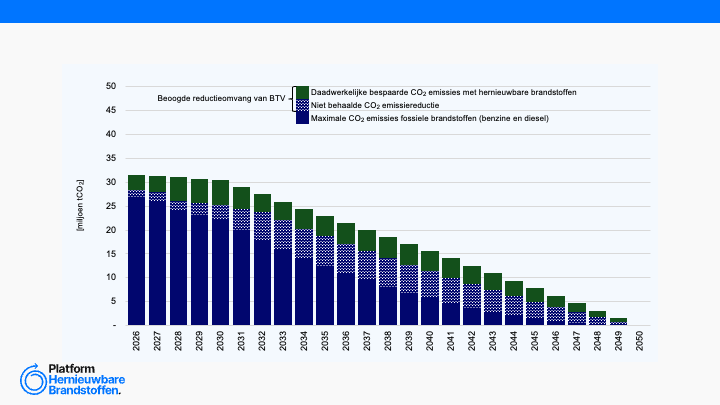European Vehicle Market Statistics Pocketbook

The European Vehicle Market Statistics Pocketbook of the International Council of Clean Transportation (ICCT) offers a statistical portrait of passenger car, light commercial and heavy-duty vehicle fleets in the EU from 2001 to 2018. The emphasis us on technologies, fuel consumption and emissions of greenhouse gases and other air pollutants. The following points are gathered directly from the ICCT-report and the ICCT website:
In 2018, new car registrations in the EU remained roughly constant at 15.1 million.
The strongest growth in vehicle sales tool place in the sport utility vehicle (SUV) segment. About 5 million new cars in 2018 were SUVs.
The share of diesel cars sold in the EU dropped considerably from 44 % in 2017 to 36% in 2018. This is significantly less than in 2011-2012, when 55% of new cars were still powered by diesel.
The official level of average CO2 emissions from new passenger cars in the EU increased to 120 g/km in 2018,which is 2 g/km higher than in the previous year. As CO2 emissions and fuel consumptions are directly linked, this implies a fleetwide average fuel efficiency of 5 liters/100 km.
The vast majority of Europe’s new cars are powered by gasoline or diesel motors. The market share of hybrid electric vehicles (HEV) in the EU was 3% of all new car sales in 2018. Sales of HEVs increased in particular in Finland, where the market share increased to 9% in 2018.
Plug-in hybrid (PHEV) and battery electric vehicles (BEV) each made up about 1% of new vehicle registrations in the EU.
As of 2018, fleet average CO2 emissions will have to decline by 7.6% per year to comply with the 2021 target. Manufacturers will likely rely to a larger degree on flexible compliance mechanisms such as super-credits and eco-innovations to comply with 2020/21 targets.
For passenger cars, average fleet-wide emissions will have to be reduced by 15% by 2025 and by 37.5% by 2030, with respect to a 2021 baseline.
For heavy duty vehicles, CO2 emissions will have to be reduced by 15% by 2025 and 30% by 2030, with respect to a 2019 baseline.
During the years 2020 to 2022, manufacturers selling electric vehicles will benefit from extra credit towards their new car CO2 targets.
By 2021, manufacturers will have to meet an average CO2 target of 95 g/km for their newly registered passenger cars.
While average CO2 emission levels for new cars, according to the official test procedure, have decreased by about 30 % since 2001, vehicle weight has increased by +10 % and engine power has increased by +30 %. These developments imply that lower CO2 emissions would be possible if vehicle weight and engine power were reduced.
Recente artikelen
Analyse brandstoftransitieverplichting

Nederlandse industrieclusters presenteren bidbook: Een basisindustrie om op te bouwen: nu & in de toekomst



